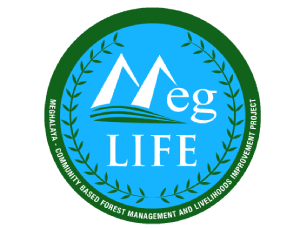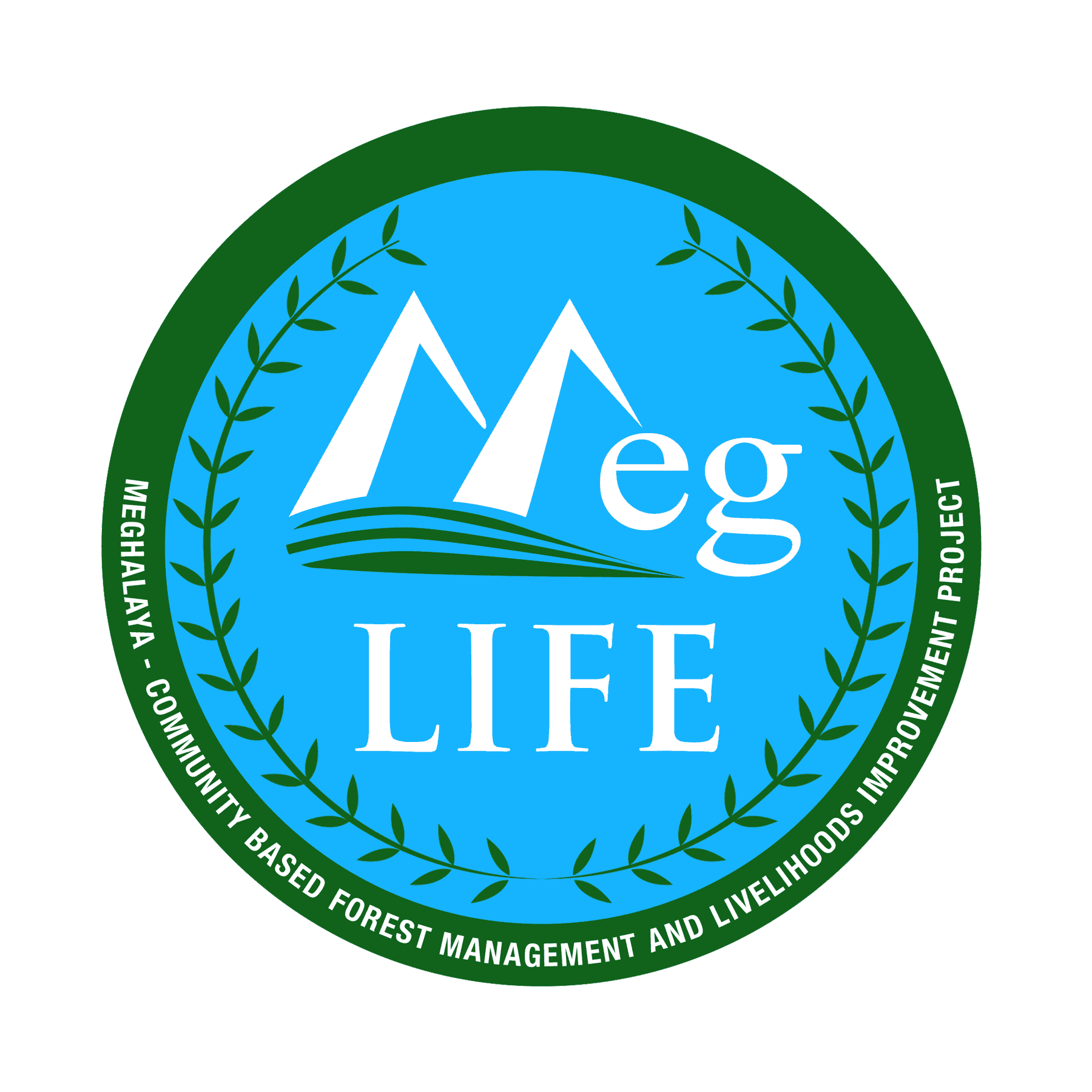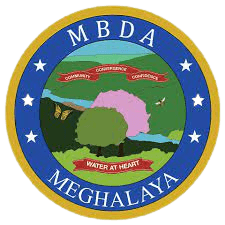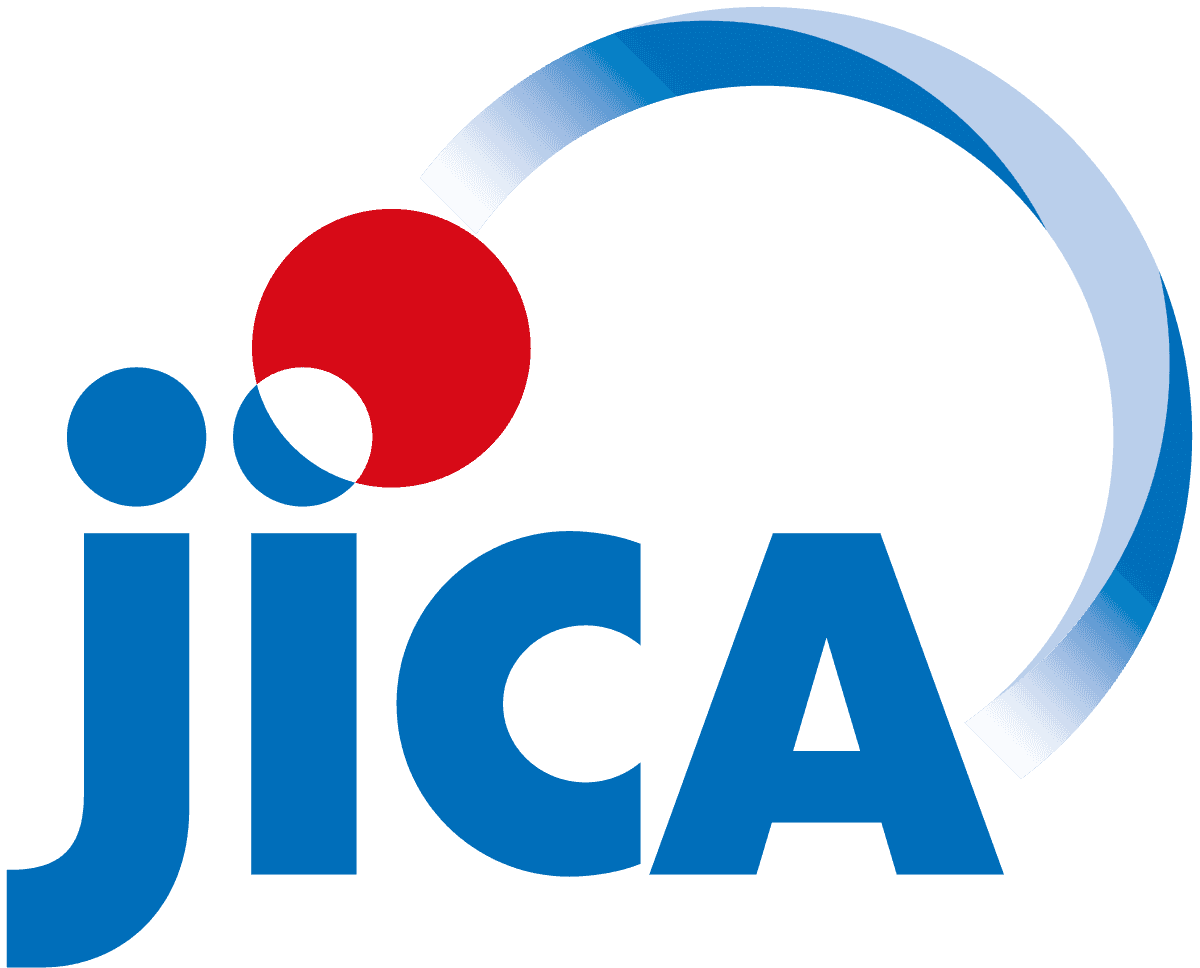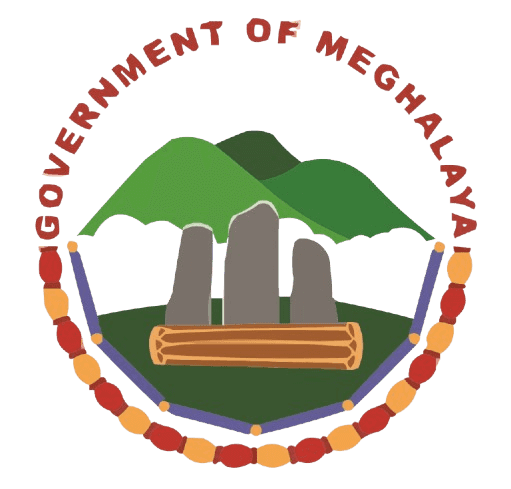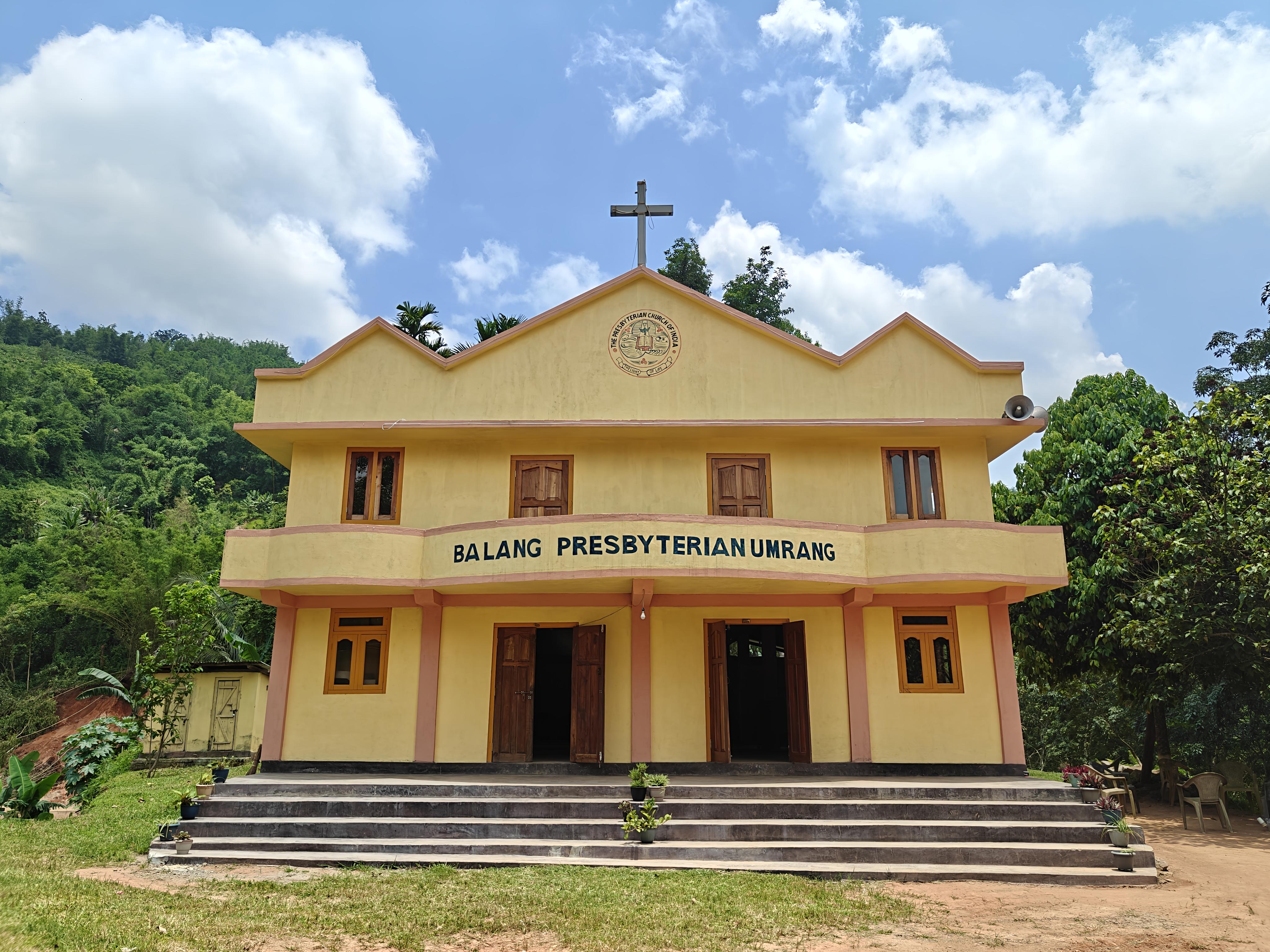
When Faith Builds More Than Walls: The Story of Umrang Rongkru
Umrang Rongkru is a small village in the hills of Ri-Bhoi district, around 74 kilometers from
Nongpoh. It is home to the Karbi community. Most residents are engaged in farming, while
others rear silk, run small shops, or serve as teachers.
In 1972, a small group of households came together to establish the Balang Presbyterian
Church. Over the years, as the village grew, so did the hope of building a proper space for the
community to gather. In 2012, construction of a church building began with whatever
contributions villagers could manage. But progress was slow, and eventually halted due to a
lack of funds. For years, the structure remained unfinished.
When the MegLIFE project began in the area, encouraging forest conservation and
sustainable land use, the community saw it as an opportunity to contribute to environmental
restoration. They brought 19 hectares of forest land—belonging to the church—under
Assisted Natural Regeneration (ANR). The work involved clearing, planting, and protecting
the saplings, and was taken up by villagers with seriousness and commitment.
What no one anticipated was that the wages earned from this work—Rs. 4.5 lakhs—would
help them return to a long-pending aspiration. The entire amount was pooled and used to
complete the church building that had stood half-done for over a decade.
What started as an environmental initiative quietly became the means to fulfil a long-standing
community goal.
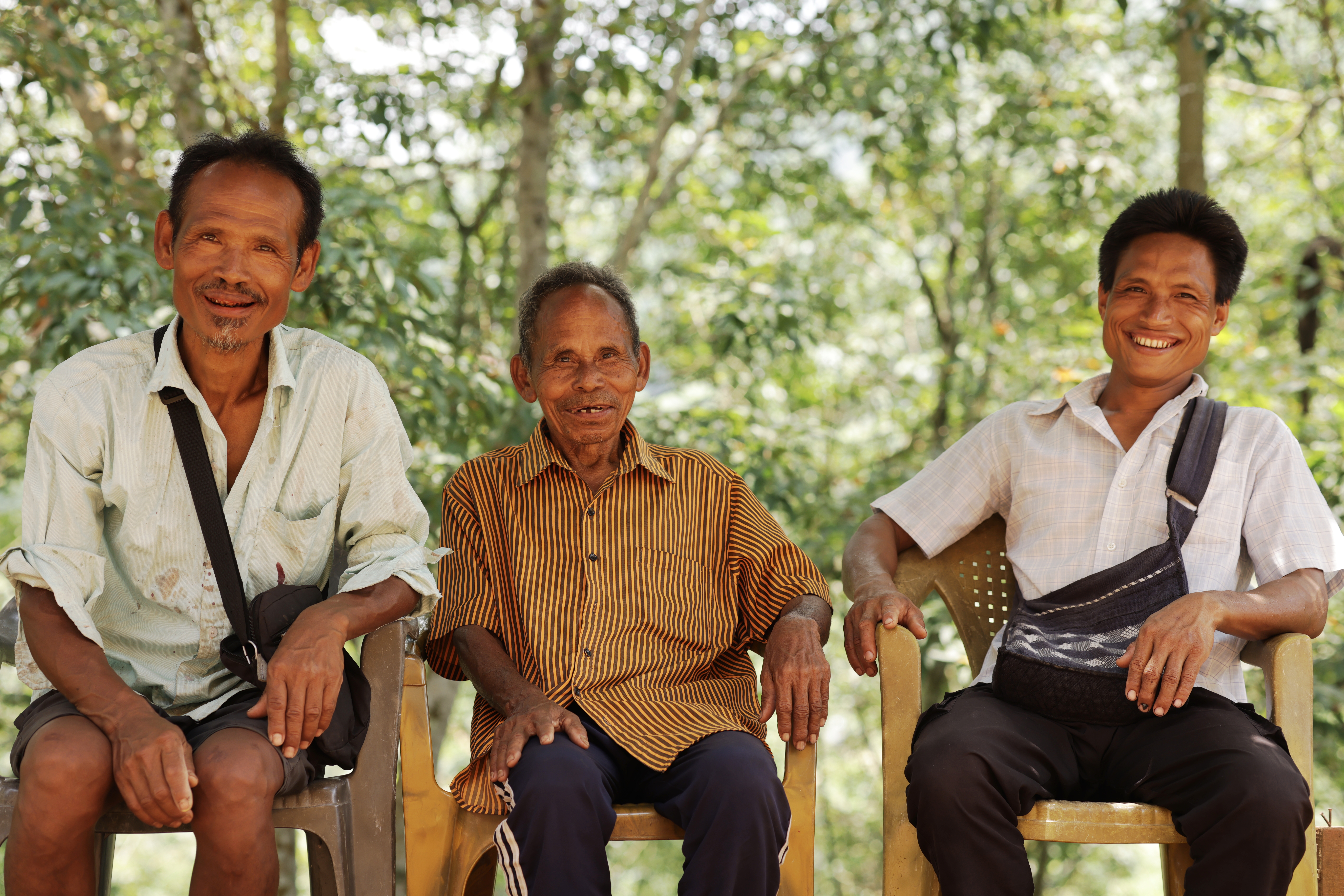
The progress didn’t stop there. The village also completed two plastic water tanks and a dug-
out pond—improving local water access and storage. Encouraged by this momentum, they
began work on a community hall. Phase 1 of the construction is already complete.
Looking back, the convergence of efforts—restoration of the landscape and revival of
unfinished plans—has strengthened the community’s sense of direction and shared purpose.
What began as work to care for their land turned out to be much more. Sometimes, the
outcomes of a project go beyond what was originally planned—bringing unexpected benefits,
and reminding us of the many ways communities can shape their own development when
given the right support.
